Trichotillomania is a compulsive behaviour where sufferers pull out their hair. It affects an estimated 370,000 people in the UK. Habit reversal training has the highest success in treating this, teaching those with the condition to recognise and redirect their impulse. Current ‘fidget toys’ are often used to do this, but they do not provide the correct sensation and are not designed to be discreet.
PÜL replicates the 'tension and release' sensation of pulling hair, with adjustable resistance to suit the user. The display counts the number of pulls, allowing goals to be set while also acting as positive reinforcement.
PÜL is always accessible and discreet, displaying the time when not in use. The magnetic clasp makes it quick and easy to remove from the wrist when the user feels an urge to pull.
THE DESIGN PROCESS
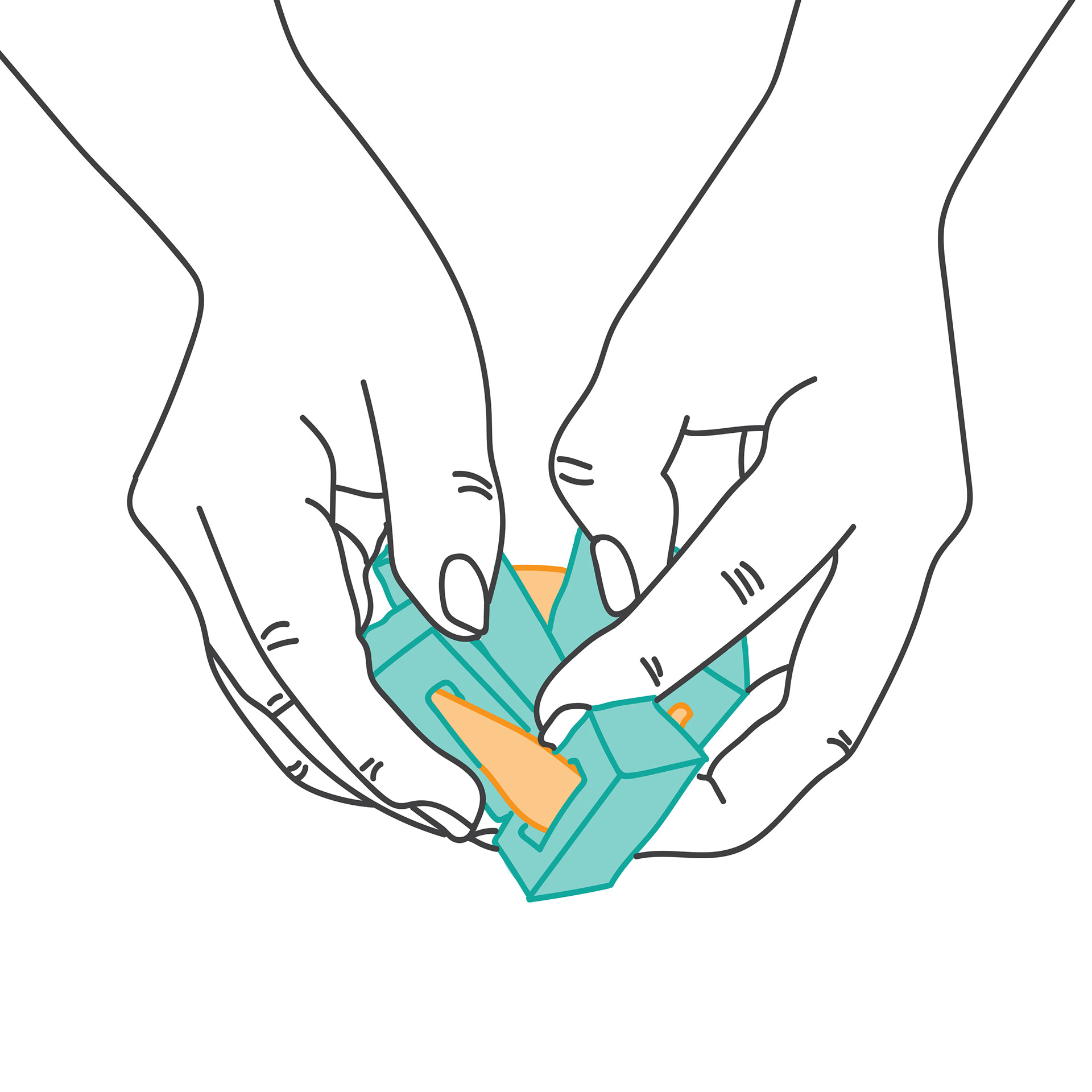

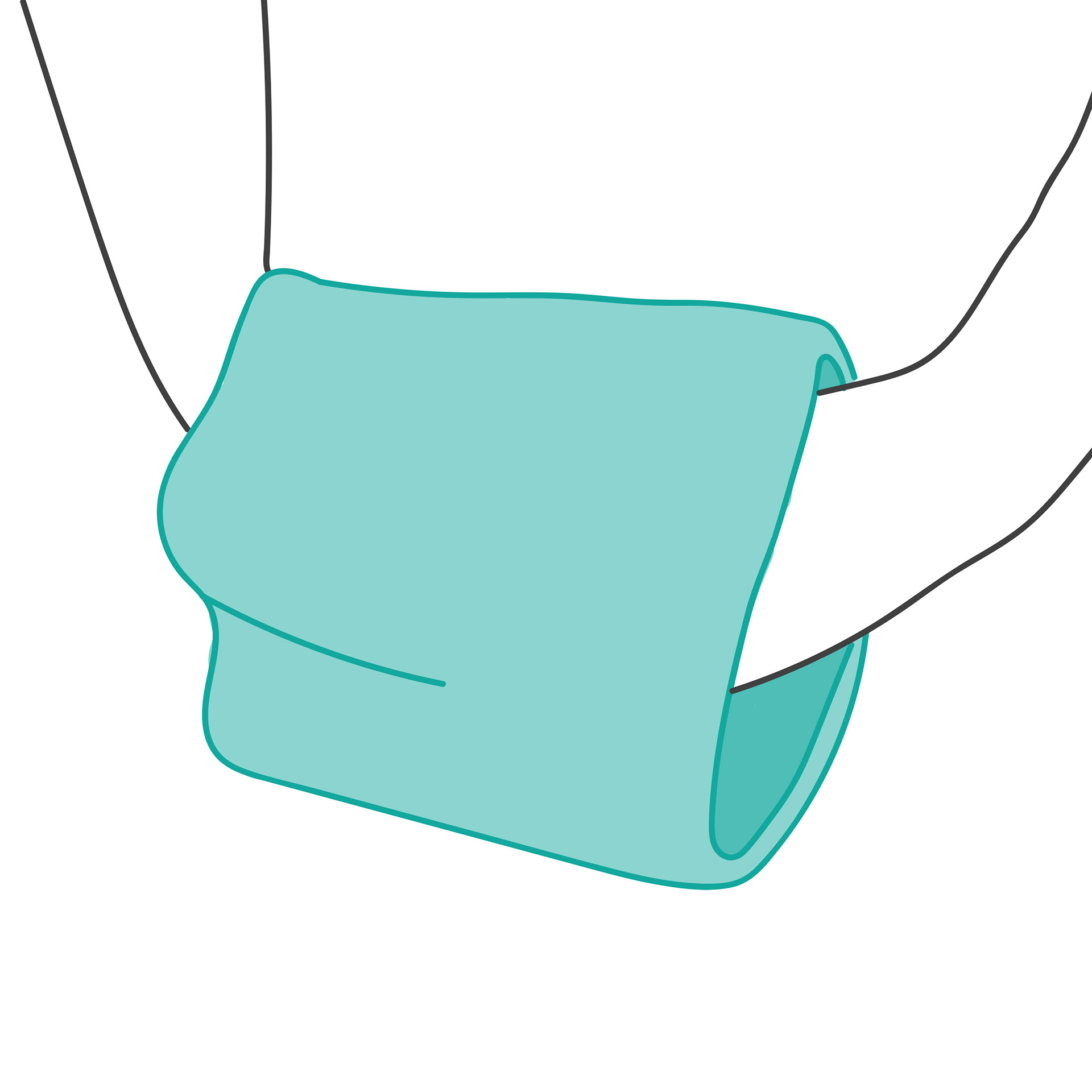
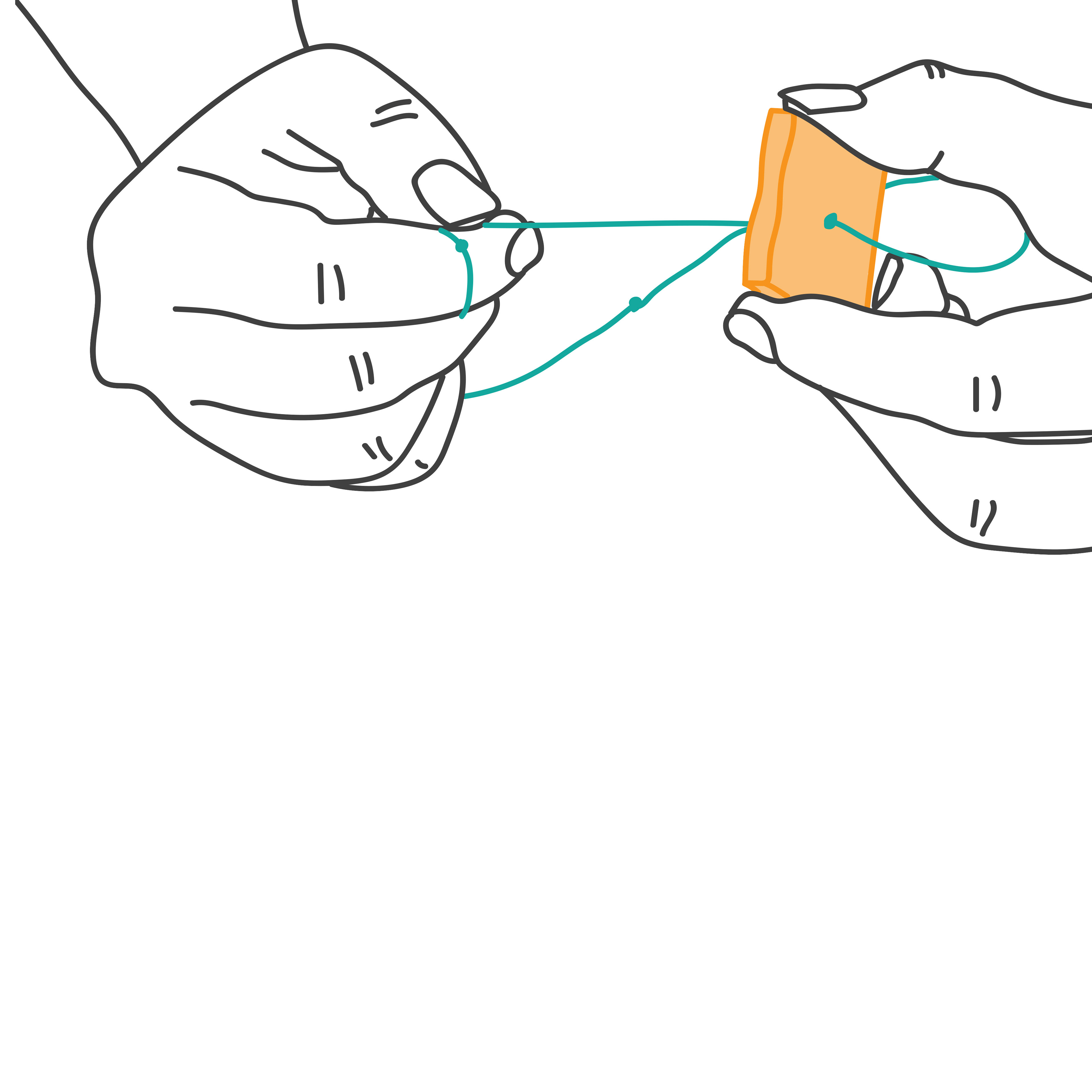
User research was carried out, speaking to people with the condition and discovering what methods and sensations helped to distract them currently. Surveys were also conducted, reaching out to support forums and dedicated organisations. From this research, many concepts were brainstormed and evaluated with the help of users.
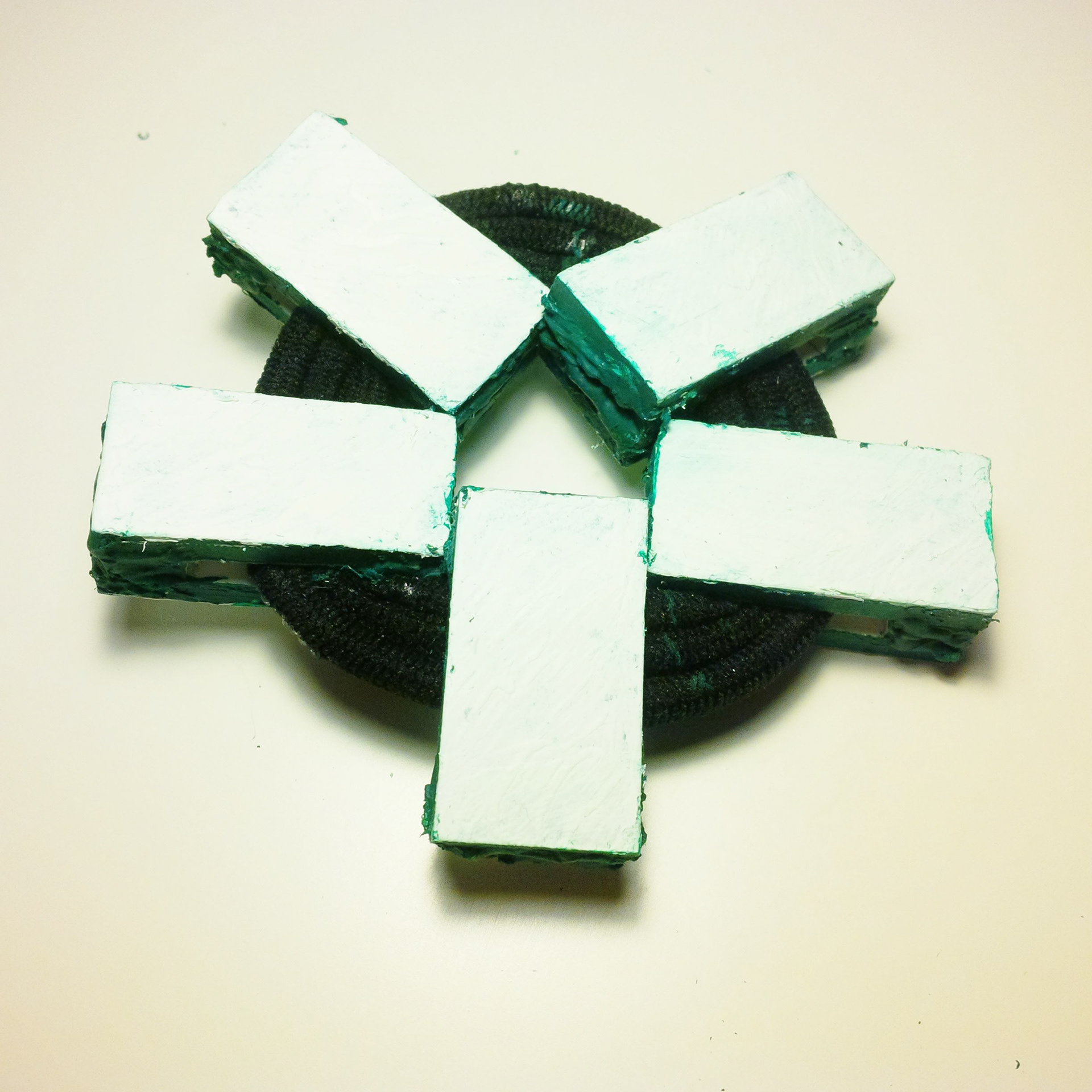
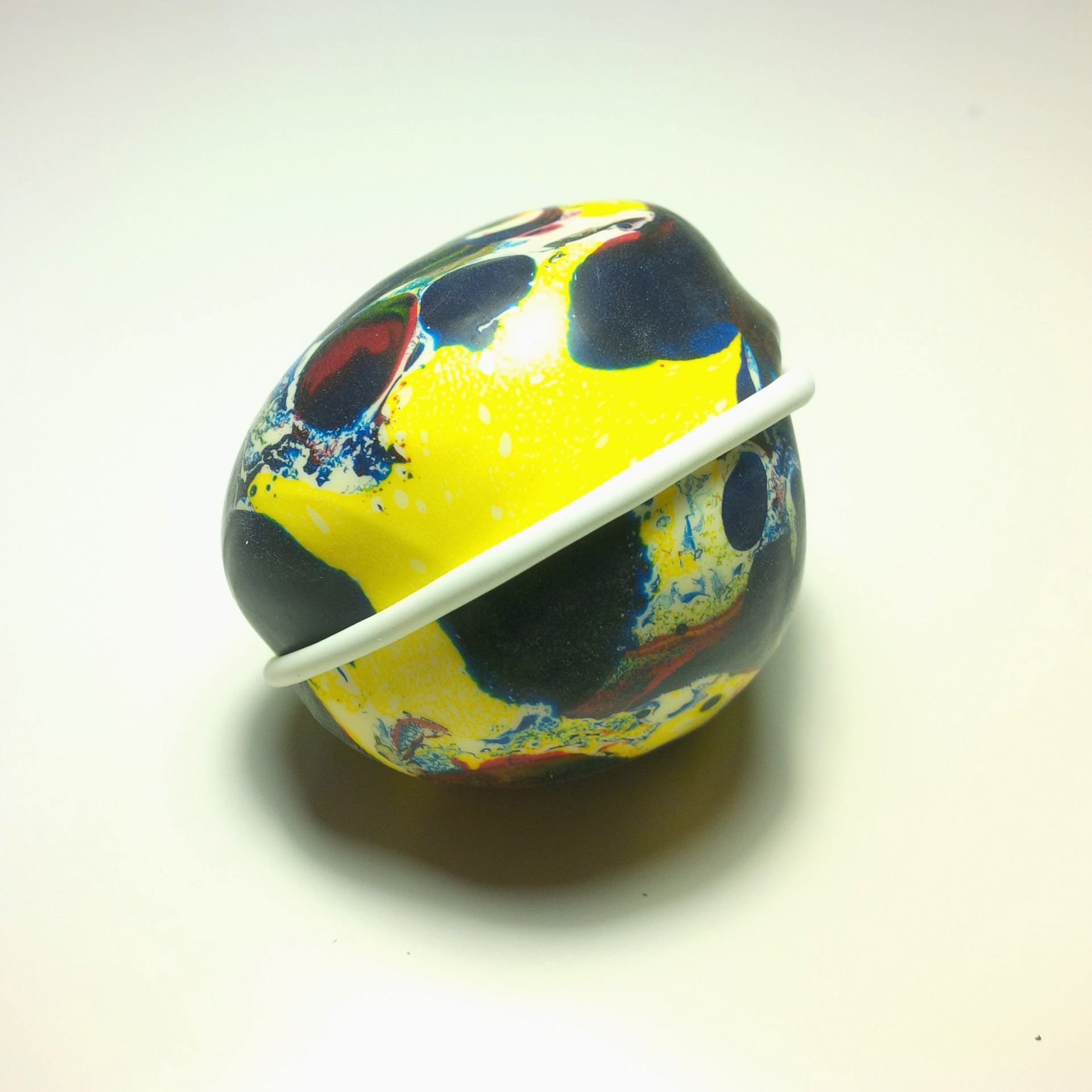
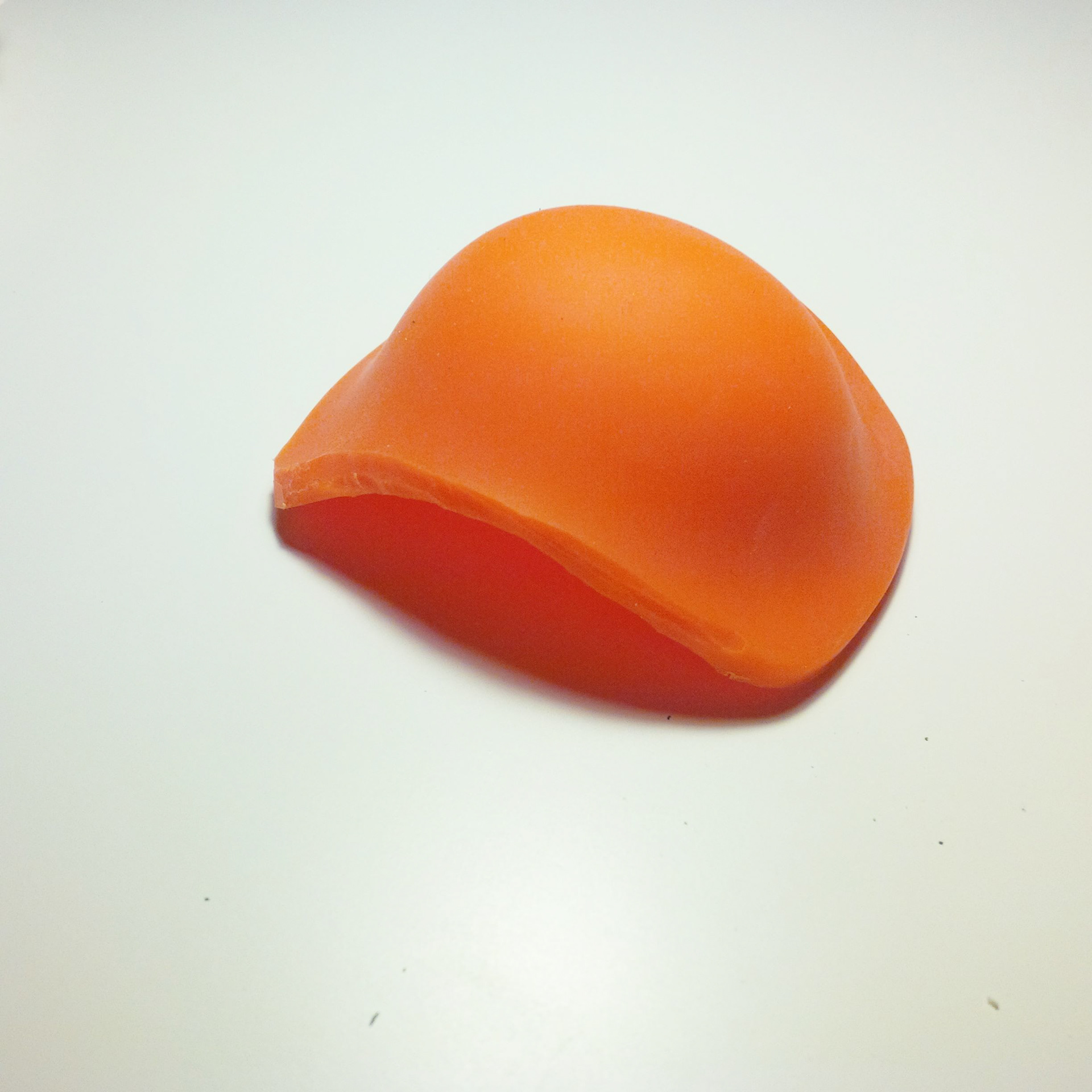
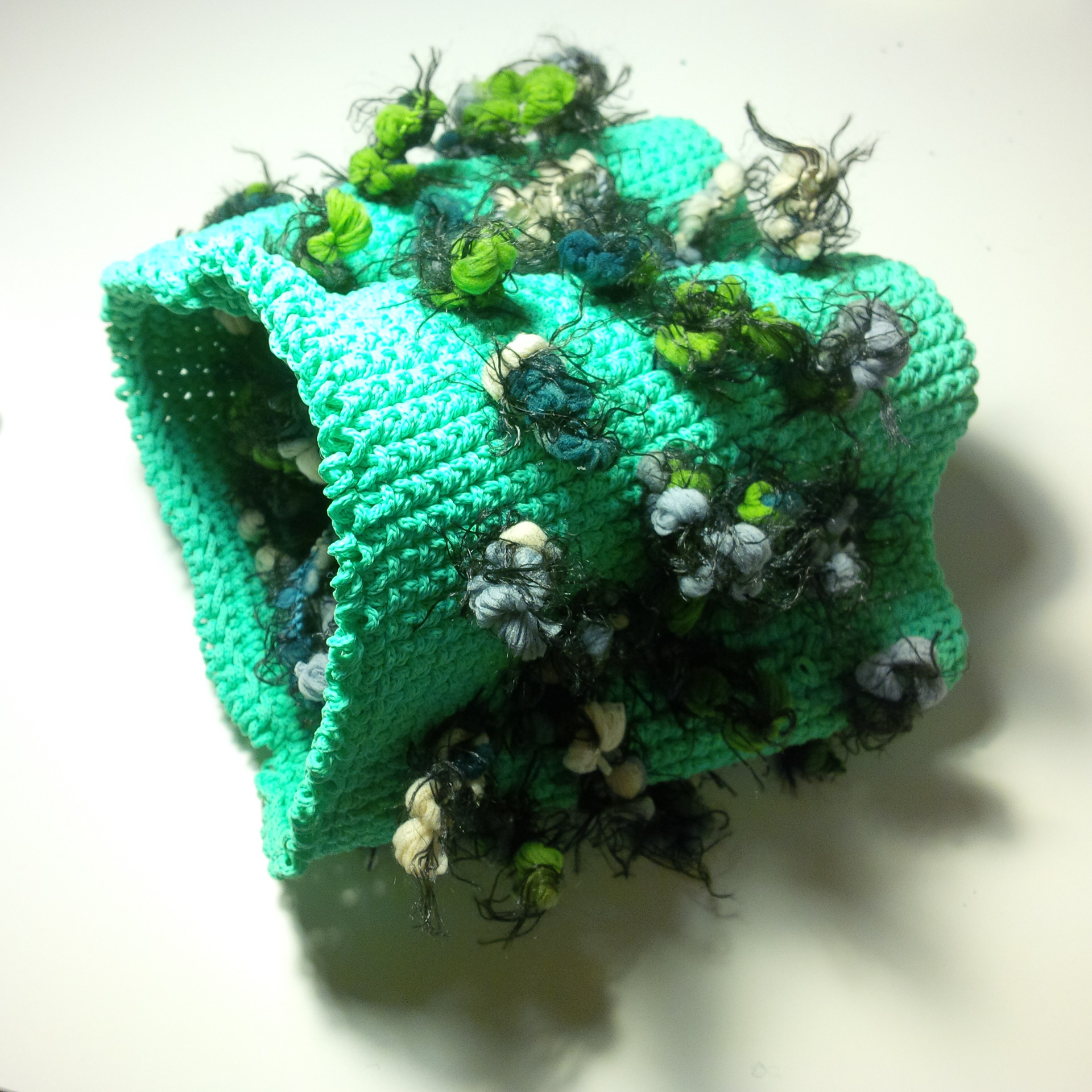

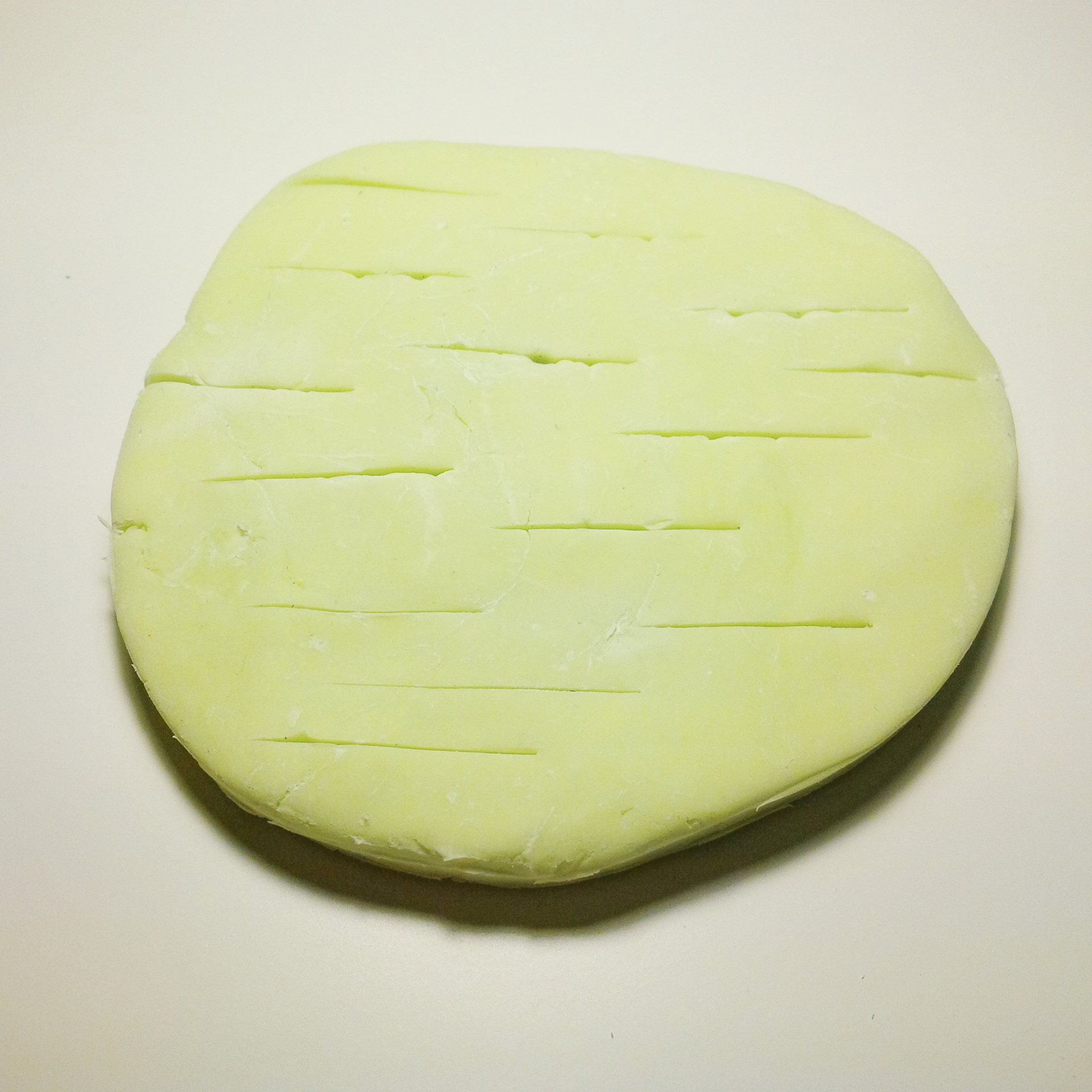
Prototypes were then created to gain feedback from those with the condition in order to determine which sensations they found satisfying. These were taken to a support group, where a prototype consisting of knotted elastic pulled through a small hole received very positive feedback.

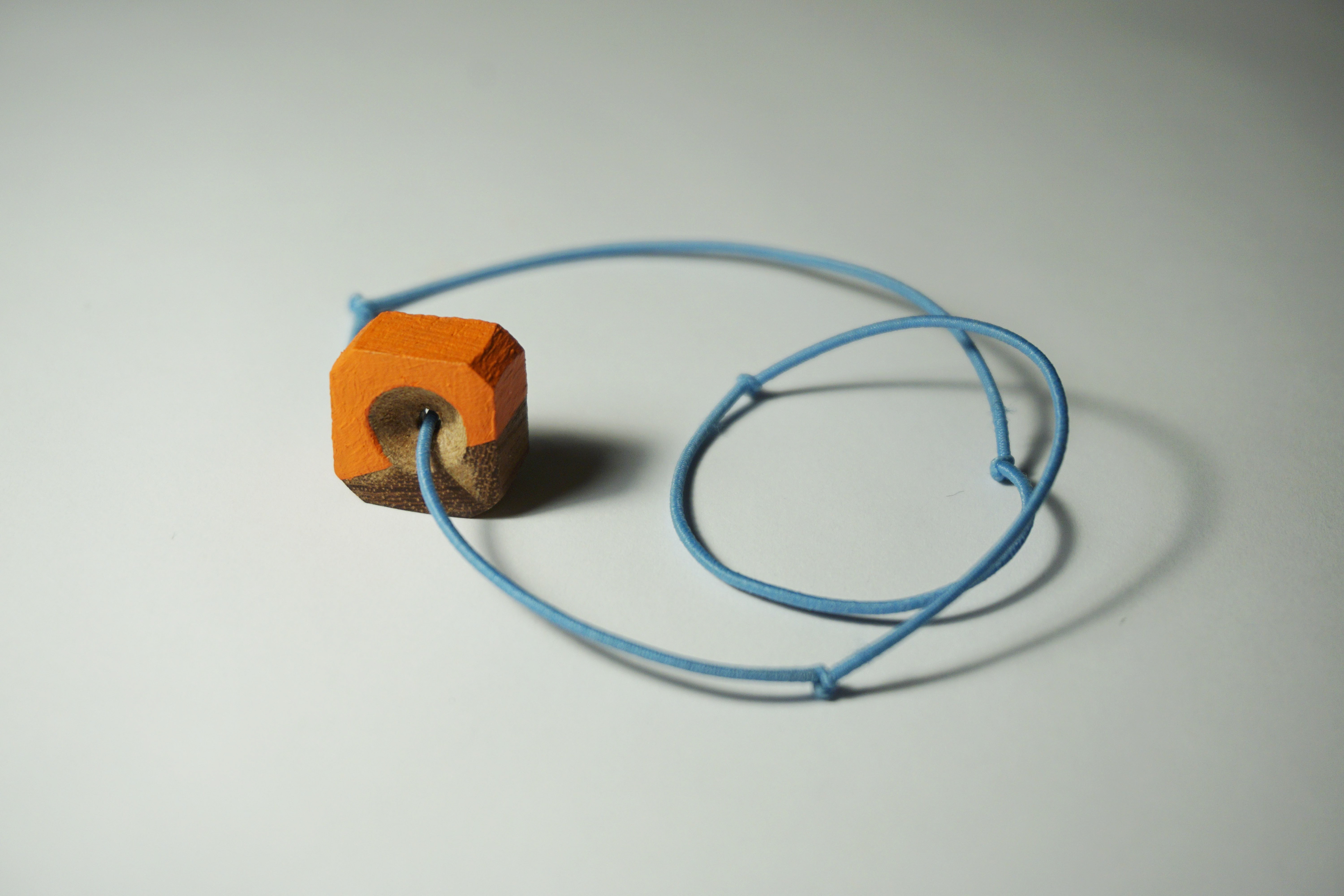
Many further prototypes were created to develop and refine this design.
The project involved an iterative design process, with extensive prototyping and testing.
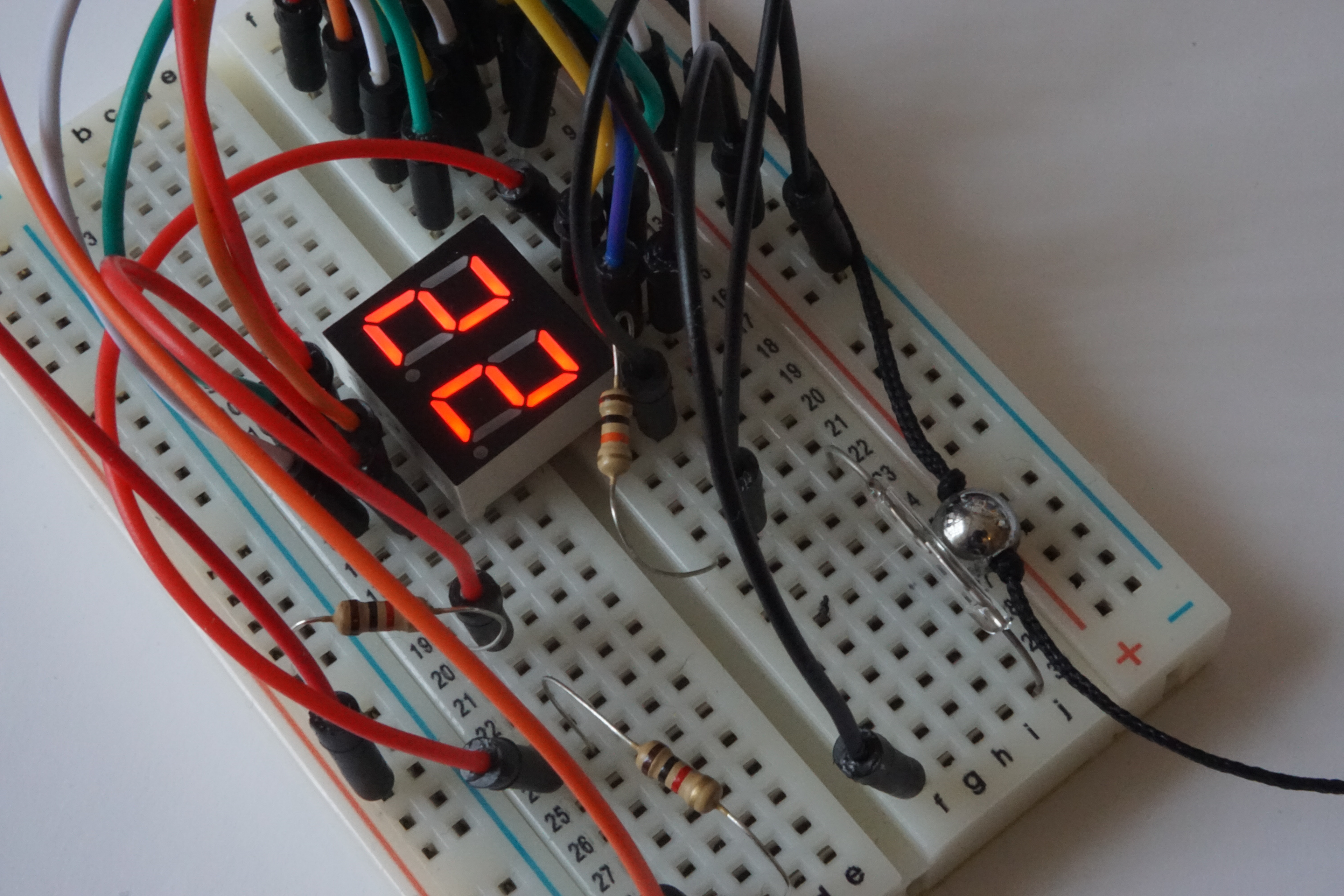
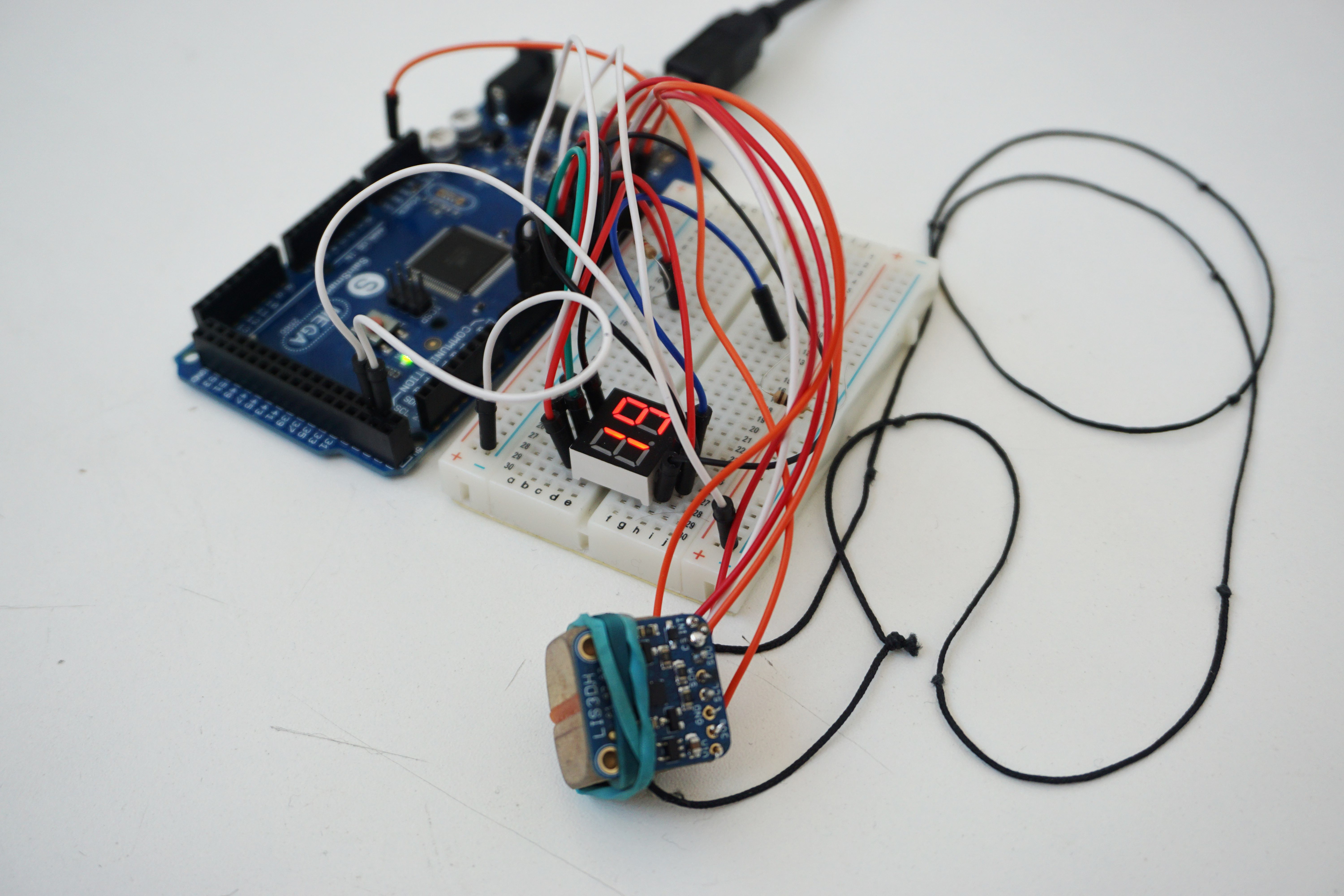
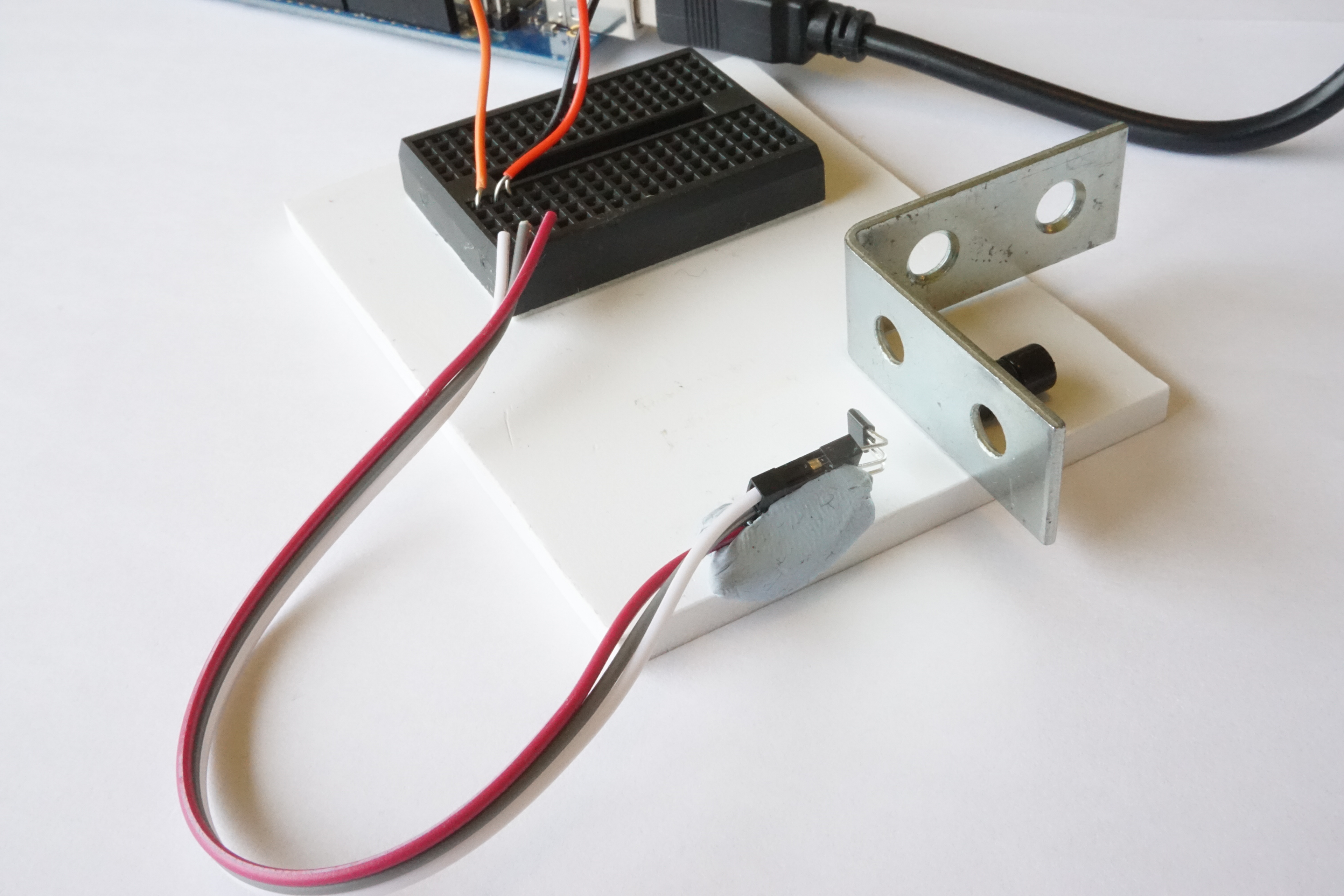
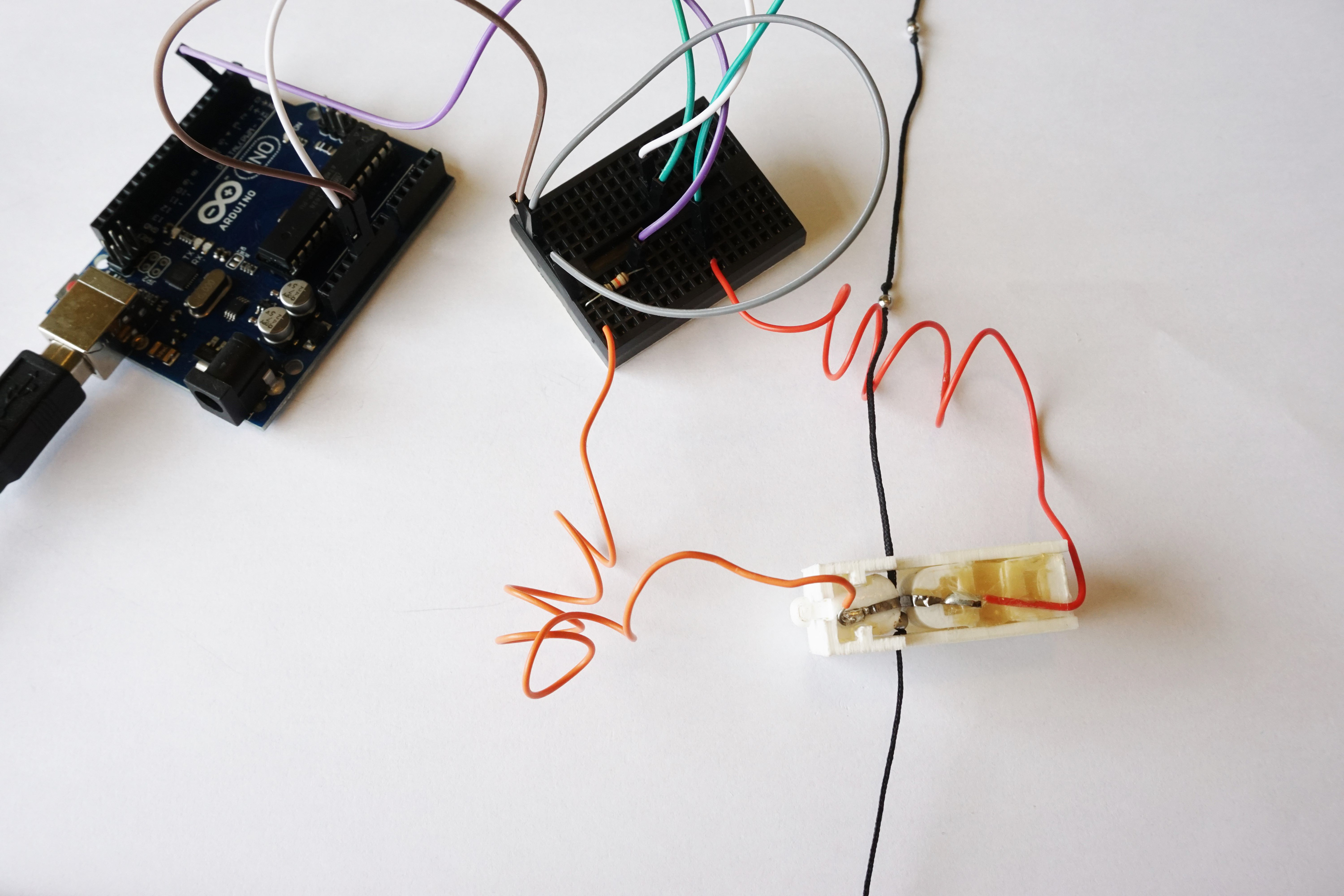
From speaking with users, a tangible result was something they felt was required to help retain their attention in the product. Exploring this, a display that counted the number of 'pulls' was included, as it would allow personal goals to be set, while also acting as positive reinforcement for the user. Electronic prototypes were made using Arduino to test the best way of recording this count.
From testing, the most reliable way of detecting a count was electrical contacts on each 'restrictor', so that when stainless steel beads were pulled through, an electrical connection would be made. From the image above it can also be seen that the option for adjustable resistance was added, with a sliding restrictor. The opposite restrictor is backed by flexible rubber, which deforms as the bead is pulled through.
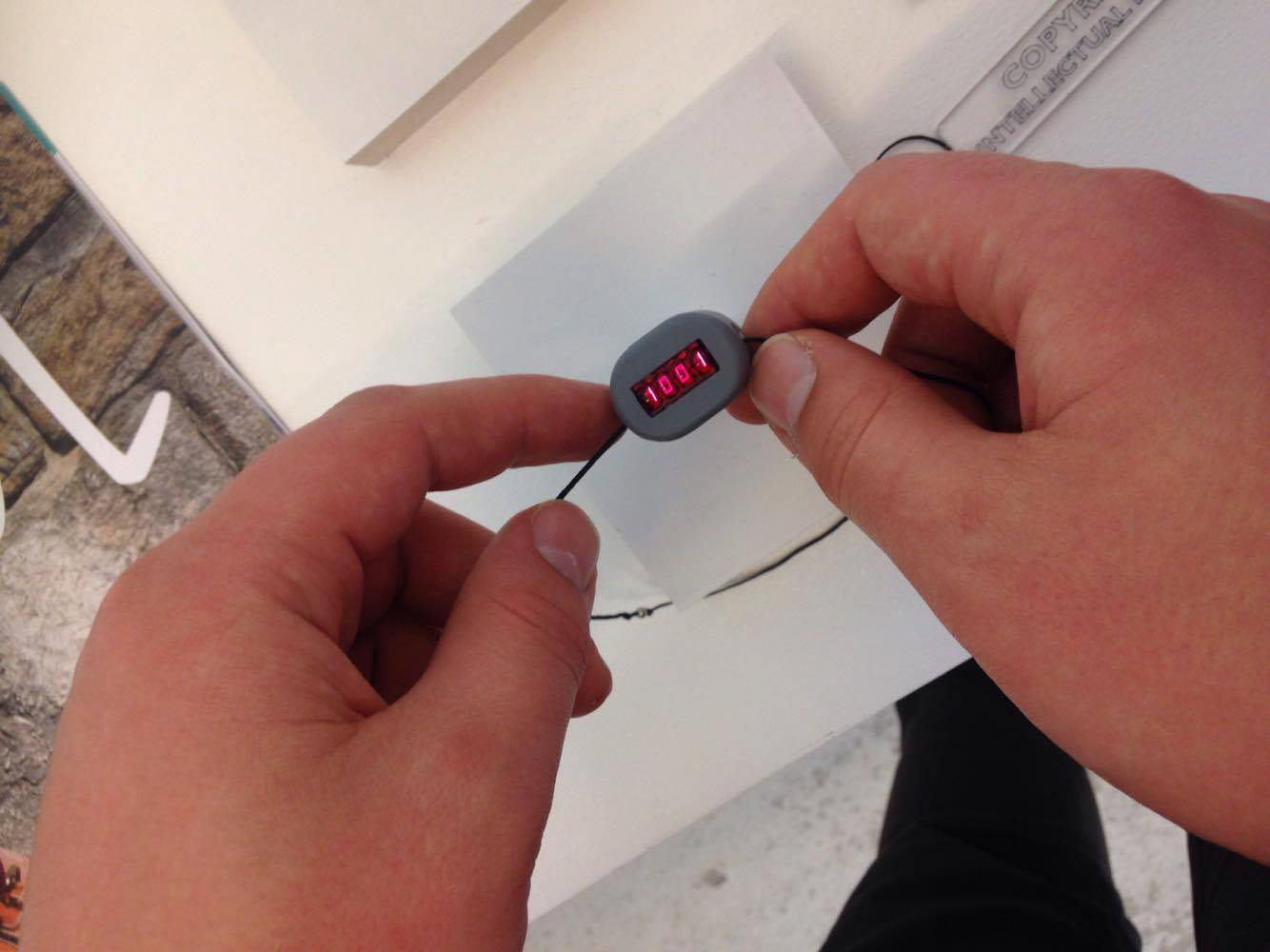
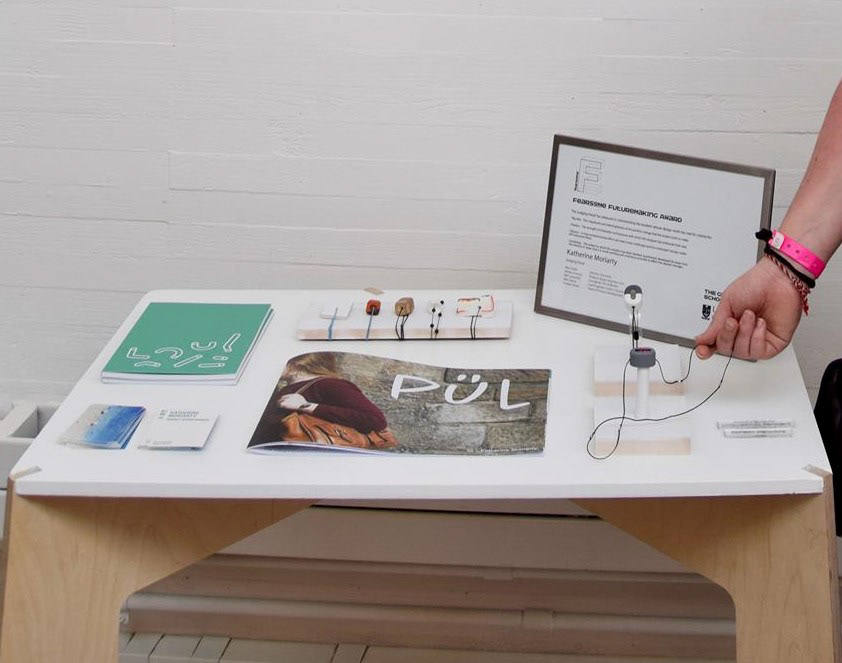
I created a working electronic prototype to scale, and an aesthetic prototype to show how the final product would look.
The project was awarded a runner up Fearsome FutureMaking Award: